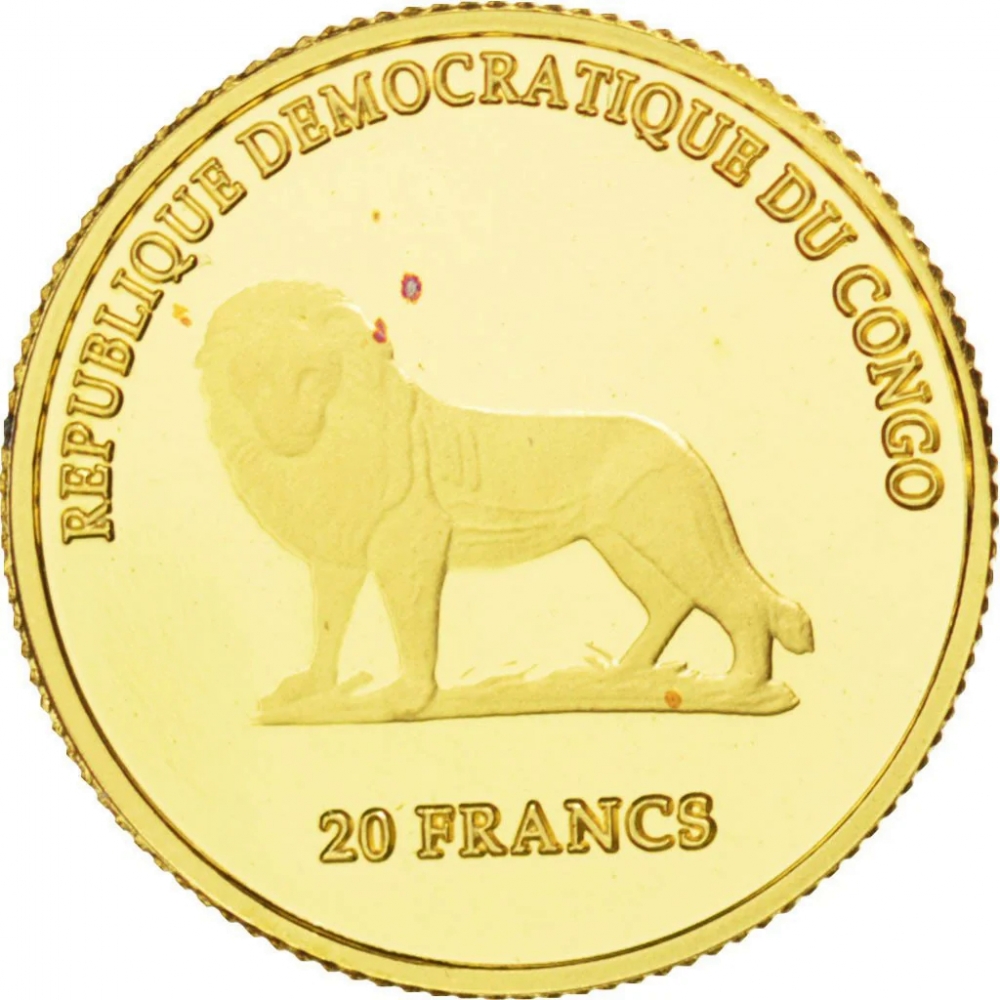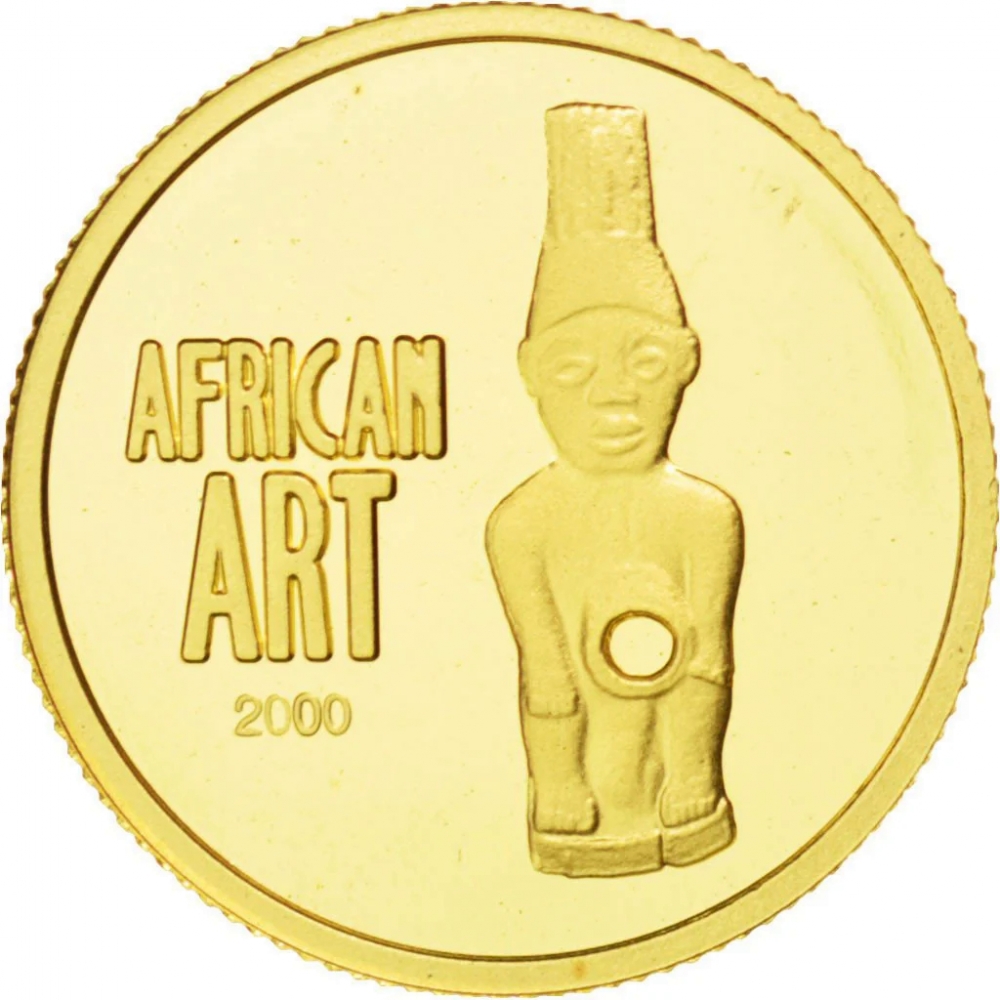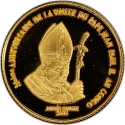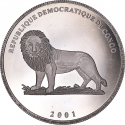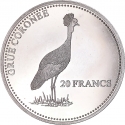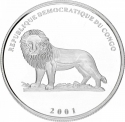You are about to finish your registration. Please check your mailbox (including spam folder). There should be a letter with a confirmation link. Check setting to make sure that your e-mail address is correct.
Send letter againDescription
African art encompasses a wide range of traditional and contemporary works rooted in the continent's rich cultural and ethnic diversity. Traditional African art includes sculptures, masks, textiles, pottery, beadwork, and jewelry, with materials ranging from wood, bronze, and ivory to natural pigments and fibers. Each piece often carries deep symbolic significance, connected to spiritual beliefs, social status, or cultural rites, and many artworks are crafted for ceremonial uses, such as ancestor veneration, initiation rituals, or community celebrations.
Masks and sculptures are among the most iconic forms, used in dances, ceremonies, and storytelling, often embodying spirits, deities, or ancestral forces. African textiles, like Kente cloth from Ghana or the mud cloth of Mali, convey cultural symbols and historical narratives through vibrant colors and patterns. In the 20th century, African art had a major influence on Western modern art movements, inspiring artists such as Pablo Picasso and Henri Matisse with its abstract forms and emphasis on the human figure. Contemporary African artists continue to innovate, merging traditional elements with modern techniques to explore themes of identity, heritage, and global dynamics.
Obverse

|
Depicts an official emblem of the Laurent Kabila regime: a mature male lion standing to the left amid the grass, symbolizing strength and authority. Above the lion is the country’s name in French, and the denomination of the issue is placed below. REPUBLIQUE DEMOCRATIQUE DU CONGO |
|---|---|
Reverse

|
Depicts a wooden handcrafted statue of Luba pipe, with the inscription and date on the left. AFRICAN |
| Edge |
20 Francs
African Art
KM# 183
African Art
